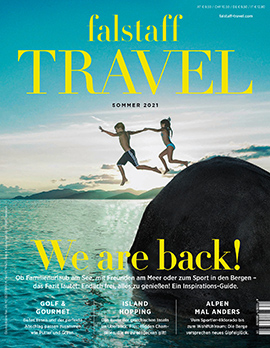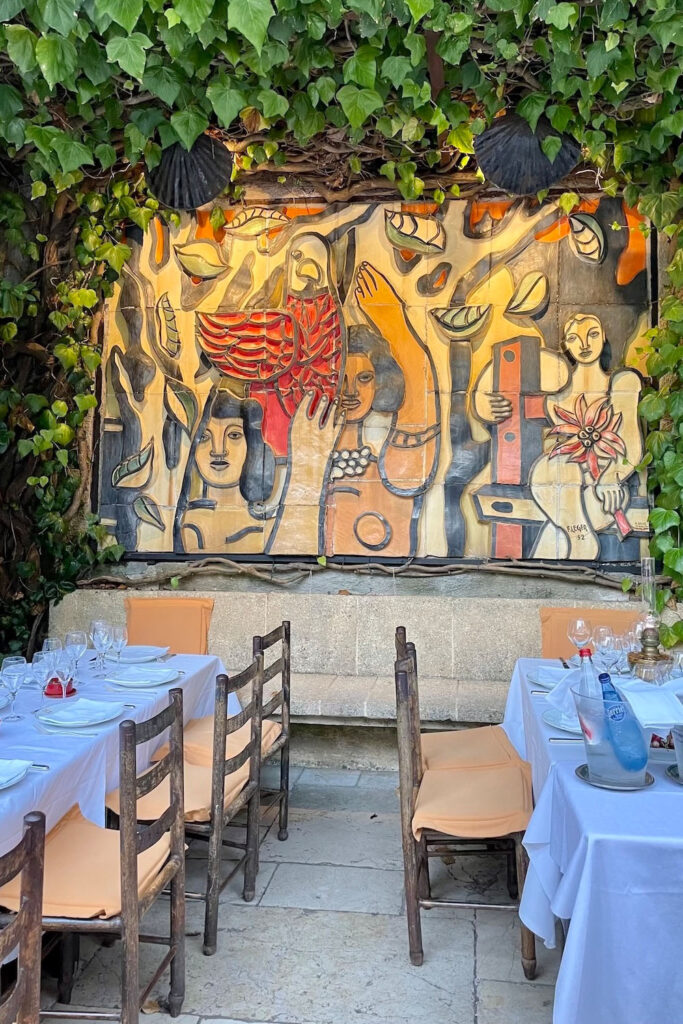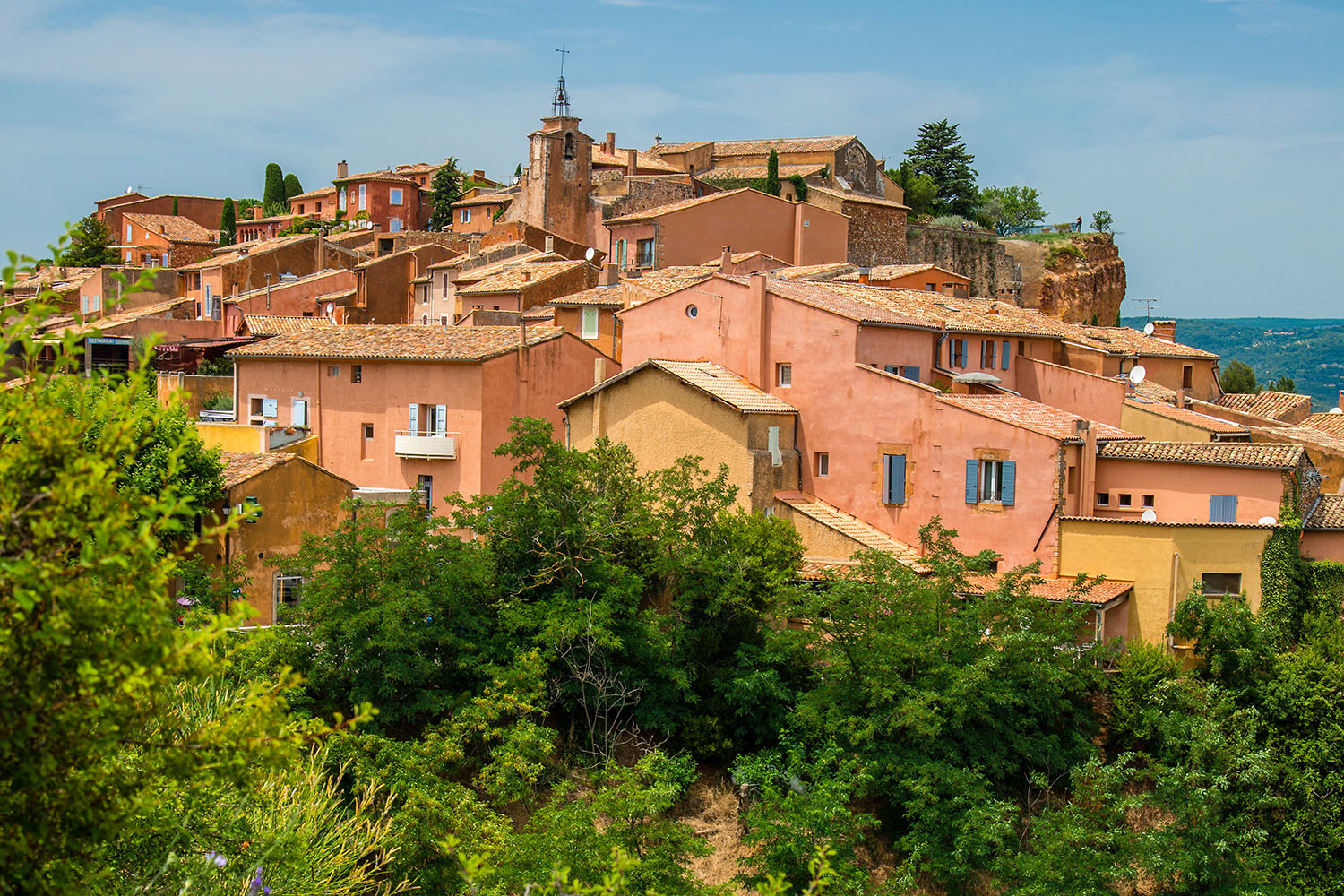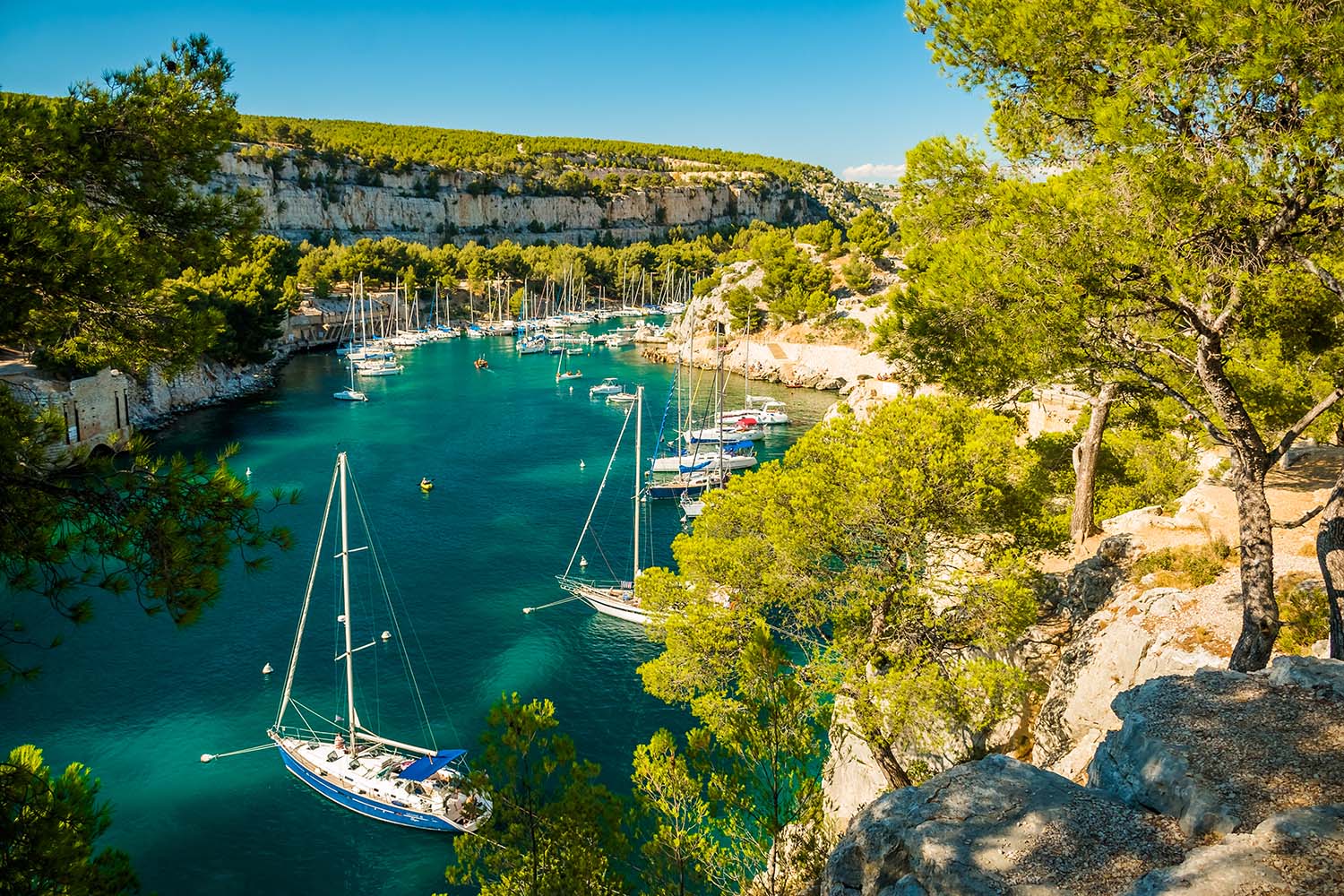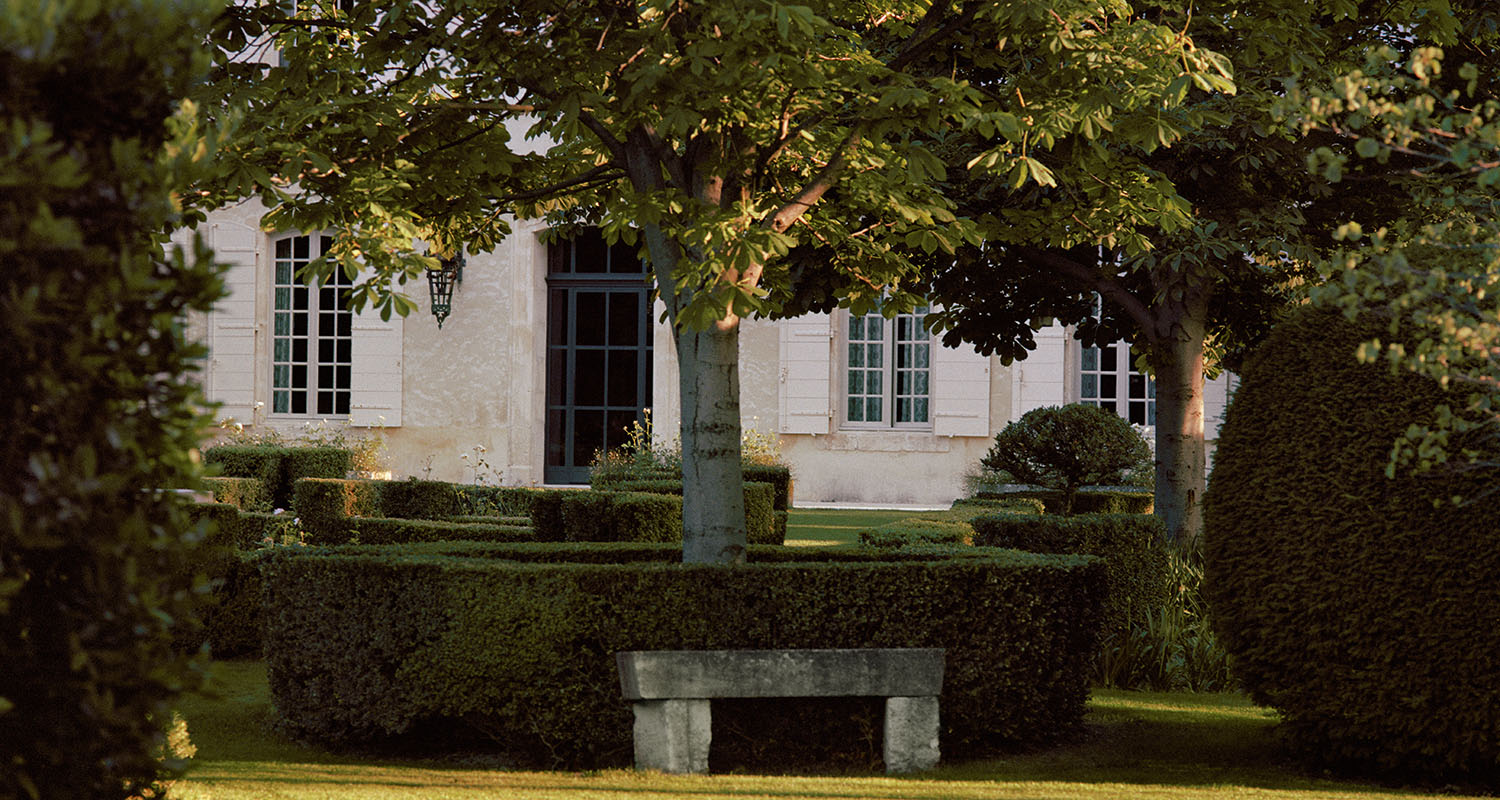
Vive la Provence
Rolling hills dotted with olive groves, vineyards, pine forests and picturesque lavender fields, idyllic villages and plenty of sunshine on the Mediterranean Sea: the beauty of this region in southeastern France captivates visitors and never lets them go.
May 26 2022
"Anyone who only has lavender fields in mind when they think of Provence has never been there," says Marie with a smile, swinging back onto her e-bike. The tourist should know, because for 23 years now she and her husband have been spending their vacations in the Mediterranean region, which stretches between the Rhône Valley in the west, the high peaks of the Hautes-Alpes in the north, the Italian border in the east and the Mediterranean coast between Nice and Marseille in the south. The couple knows the larger cities like Avignon, Toulon and Aix-en-Provence like the back of their hand by now; now they are concentrating on the hinterland and the small romantic villages that seem almost sleepy, nestled in natural parks. In fact, Provence is more than the sum of its lavender fields.
Lavender fields as far as the eye can see. © Shutterstock
However, missing the iconic natural spectacle would still be a mistake. It starts around 20 June, when the seas of blossoms in High Provence, Vaucluse and the Valensole plateau turn a rich shade of purple. Just like the cherry blossom lures tourists to Japan and the Indian summer on the American East Coast causes amazement, this is the beginning of the tourist high season in Provence. Depending on the type of lavender, altitude and latitude, other areas are in full splendor. However, with the harvest, which usually takes place at the end of July, the dream of blossoms is over. It's a good thing that the region has a lot more to offer, attracting many visitors.
Discovering the region in all its facets is possible in different ways. You can drive from one village to the next by car, or you can indulge in the slow life and set off on your bike, like Marie and her husband. One of the most beautiful bike routes runs 236 kilometres from Cavaillon to Forcalquier, through the entire Luberon Nature Park. Picturesque villages, including some officially named "most beautiful villages in France," lie along the way.
Ansouis, for example, which was mentioned in documents as early as the 10th century, enchants with its town fortifications and well-preserved castle, while the charming alleyways of the elevated village centre of Gordes offer wonderful photo opportunities. Long before the invention of the smartphone, artists such as Marc Chagall and Victor Vasarely captured the scenery with brush and pencil.
Related: The Most Beautiful Spots in the Provence
Feast for the eyes: Matisse and Picasso used to dine here - today their works hang in the restaurant of the "Colombe d'Or" hotel. ©Colombe d'Or
The nearby Sénanque Abbey is definitely worth a visit. Founded in 1148, the Cistercian monastery with its lavender fields - here they are again - is the epitome of the Provençal postcard motif. Also worth a detour is the small town of Roussillon. Until the beginning of the 19th century, it was the centre of ocher mining, which ceased in 1930.
To this day, the town glows in shades of red and ocher, but not only the buildings, but also an ocher nature trail and the nearby mines of Gargas are reminders of that time. Instead of lavender fields, the Côtes du Ventoux vineyards dominate the landscape in this area.
Village beauty Roussillon is considered one of the most beautiful villages in France. The nearby ochre rocks are world famous. ©Stefano Politi Markovina/Alamy Stock Photo
So what could be more natural than to pay a visit to one of the wineries in the region? A good address is certainly the Aureto winery. It has been renovated from the ground up in recent years and has successively converted to organic viticulture. The efforts are paying off: for years, Aureto's products - all named after winds of the south - have been crowned with awards from renowned wine guides.
Cellar tours, guided walks through the vineyards and tastings of the noble creations of cellar master Aurélie Julien, who packs the essence of Provence into every drop, bring visitors closer to the wines of the region.
THE TASTE OF PROVENCE
The fact that olives go excellently with wine may be a coincidence; fortunately, the olive harvest follows directly after the grape harvest. And because man does not live on wine and olives alone, it is fitting that Provence is also known for its truffles, cherries, strawberries, almonds, apricots and melons.
More highlights of the regional cuisine are bouillabaisse, aioli, ratatouille, salade niçoise and the braised meat stew daube provençale marinated in red wine. Particularly impressively: in France, pleasure really is waiting at every corner - and Provence is certainly no exception.
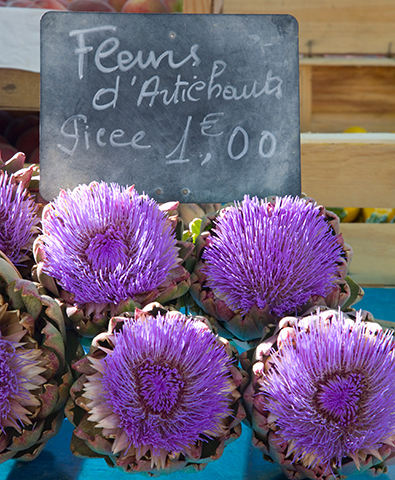
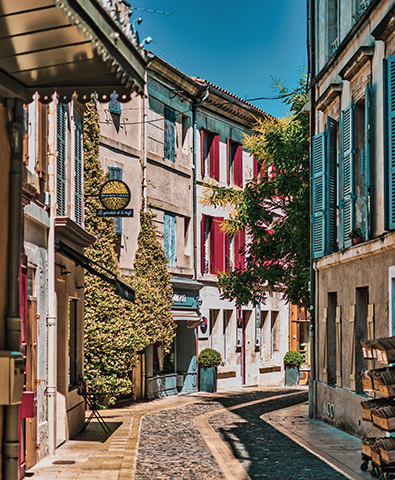
SAVOIRE-VIVRE BETWEEN SOAP AND SAILING YACHT
Whether cycling through the countryside, strolling through cobblestone streets, admiring centuries-old sights, indulging in the lively life of Marseille or Nice, strolling along the Côte d'Azur, bathing and watching sailing yachts, buying a bar of Marseille soap, nibbling the typical candied fruits in Apt, browsing for antiques in L'Isle-sur-la-Sorgue, the "Venice of Provence", or visiting one of the perfume factories in Grasse: in Provence, every moment seems to serve only one purpose - to be enjoyed; and thus to create unforgettable memories that will be treasured long after your visit. It's no wonder that Marie and her husband still haven't had enough of this pearl of France after more than 20 years, cycling to new corners and culinary experiences every year.
Anchorage and vantage point: Calanque de Port-Miou is a fjord-like bay near Cassis-and a popular port. © Shutterstock
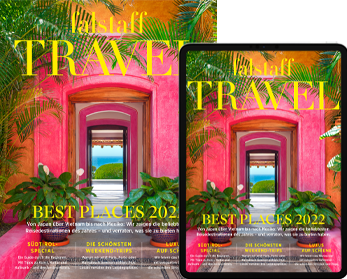
This article appeared in the Falstaff TRAVEL issue Spring 2022.
